Session 9B – Theory and Methodology
Thursday 1 April, 11:15 – 12:45 // Session Chair: Sam Conrad Joyce
043 – 21E8: Coupling Generative Adversarial Neural Networks (GANS) with Blockchain Applications in Building Information Modelling (BIM) Systems
Thursday 1 April, 11:15, Session 9B
Provides Ng, UCL, Bartlett School of Architecture
The ability of GANs to synthesize large sets of data is ideal for coupling with BIM to formulate a multi-access system that enables users to search and browse through a spectrum of articulated options, all personalised to design specificity – an ‘Architecture Machine’. Nonetheless, due to challenges in proprietary incompatibility, BIM systems currently lack a secured yet transparent way of freely integrating with crowdsourced efforts. This research proposes to employ blockchain as a means to couple GANs and BIM, with e8 networking topology to facilitate communication and distribution. It consists of a literature review and a design research that proposes a tech stack design and UML (unified modeling language) use cases, and presents preliminary design results obtained using GANs and e8. Keywords. 21e8; GANs; Blockchain; BIM; ArchitectureMachine.
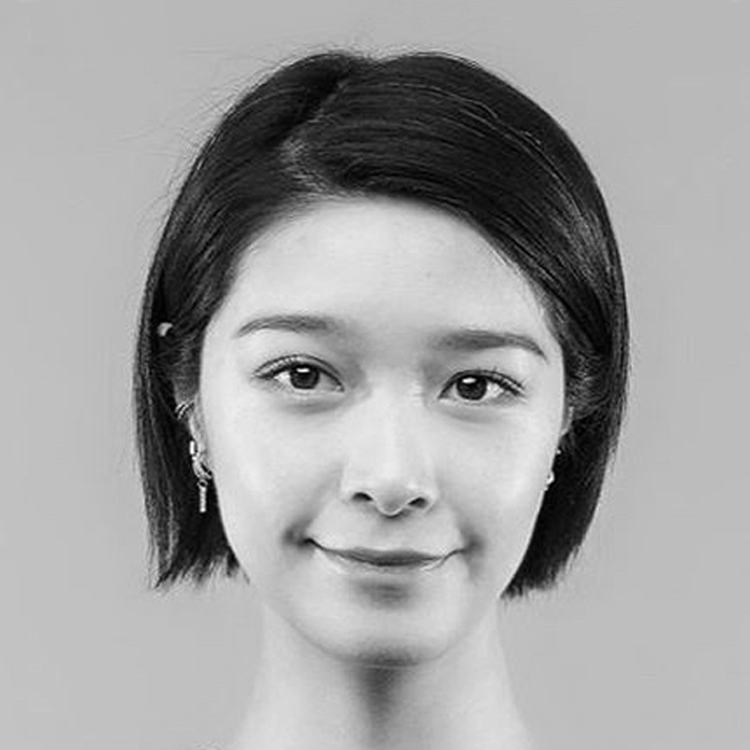
Provides Ng (@provides.ism) is an architect/researcher who studies the emergence of digital tools and their impacts on urbanism. Her current research discusses how readily available distributive technologies – BIM, blockchain, AI – can be amalgamated to form multi-access systems, searching for tools that fall between the established fields of expertise. In her speculative designs, Provides collaborates interdisciplinarily with talents worldwide, established creative practise @current.cam and researcher collective @R.E.Ar_ to experiment with these technologies first-hand. Provides currently teaches at Bartlett School of Architecture(UCL), where she also received her distinction in MRes on Digital Theory and Architecture.
405 – Design and Development of Interactive Systems for Integration of Comparative Visual Analytics in Design Workflow
Thursday 1 April, 11:30, Session 9B
Maryam Zarei, Simon Fraser University
Halil Erhan, Simon Fraser University
Ahmed. M. Abuzuraiq, Simon Fraser University
Osama Alsalman, Simon Fraser University
Alyssa Haas, Stantec Vancouver
In architectural design, data-driven processes are increasingly utilized in creating and selecting design alternatives. Multiple design-aid systems that support such processes exist. Still, these systems dominantly support parametric modelling only or lack sufficient support for organizing, scanning and comparing multiple alternatives in the process of their creation while considering both their forms and performance data. In this paper, we argue that (a) evaluating and selecting potential alternatives must take place in the same context they are created and explored, (b) interactive data visualizations can provide real-time feedback about various aspects of design alternatives, and they should be incorporated as early in the design process as possible, and (c) design environment must enable comparing design alternatives as an integral part of the design workflow. We call our approach “comparative design analytics,” which aims to identify, develop, and validate practical key features of visualization tools for assisting designers in analyzing and comparing multiple solutions with their data. We present D-CAT as a visualization prototype tool integrated with an existing CAD application. D-CAT acts as a platform for generating knowledge about using interactive data visualization for comparing design alternatives. Our goal is to transfer the findings from evaluating this interface to developing practical applications for real-world use.
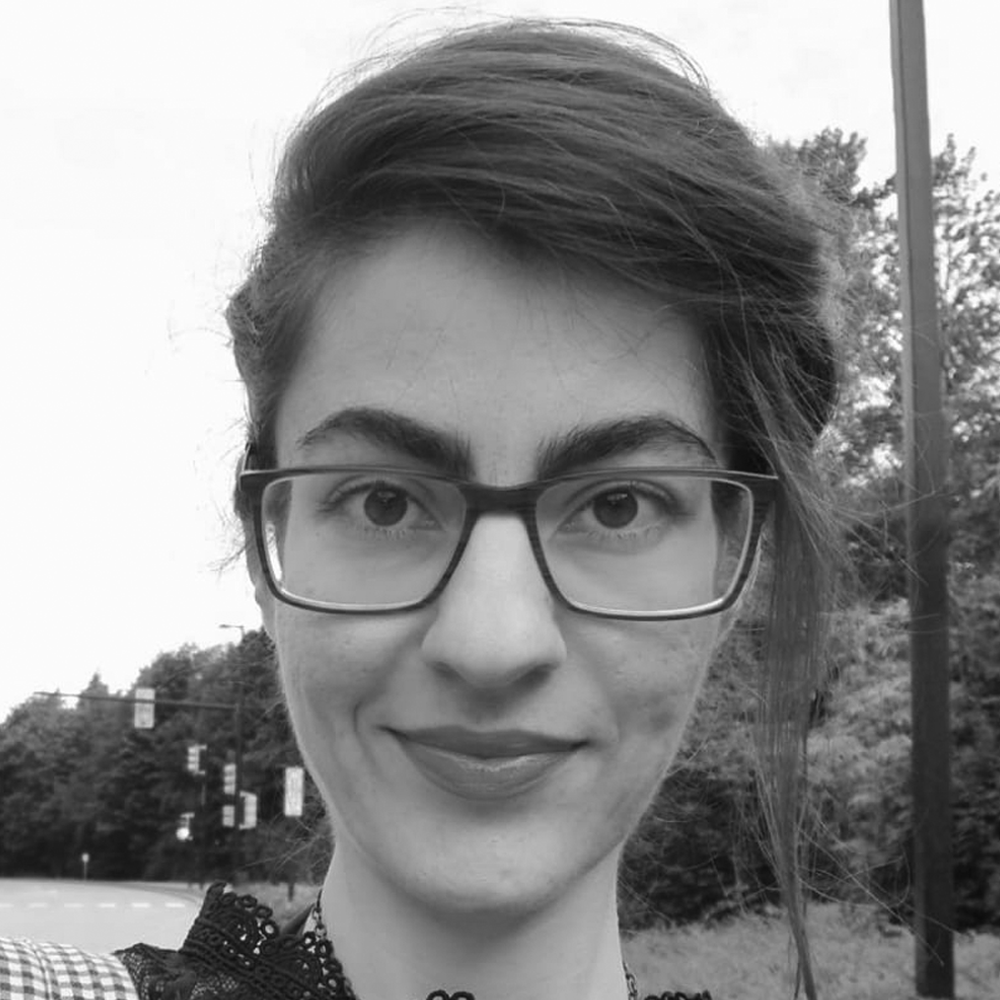
As a graduate researcher at Computational Design Lab (SFU), I am researching on design and development of interactive creativity support systems for supporting design exploration and data visualization for comparison of design alternatives. Currently, I am studying Interactive Arts and Technology where I am learning about Design Analytics and new technologies for supporting creativity. I also have a bachelor’s degree in Architectural Engineering and I have studied the application of XR technologies for enhancing human experience in space.

After receiving his Ph.D. degree from Carnegie Mellon University, Halil Erhan became a faculty member of Software Engineering at the UAE University in 2004. He joined the School of Interactive Arts and Technology at Simon Fraser University as a research faculty in 2006. His research program investigates ‘design’ as a situated, cognitive, and collaborative process. He aims to improve ‘design’ by augmenting designers’ capabilities with effective and engaging tools mainly for ‘creating’ built-environments, interactive objects and systems. His current research projects focus on developing systems for creative practitioners, visual analytics of design data, design analytics, spatial design.

Ahmed Abu Zuraiq is a researcher and game developer with a computer science background. His research explores the potential of computational generation for augmenting our creativity and problem-solving capabilities, whether it is applied to games, architectural design or other fields.

Through the previous years of my life, I spent my time learning the craft of software, games, and narratives. I graduated with honours in Software Engineering, and currently, I am doing my Master of Science in Interactive Arts & Technology at Simon Fraser University. At SFU, I am lucky to work with the Computational Design Lab to research tools that assist creativity and design.
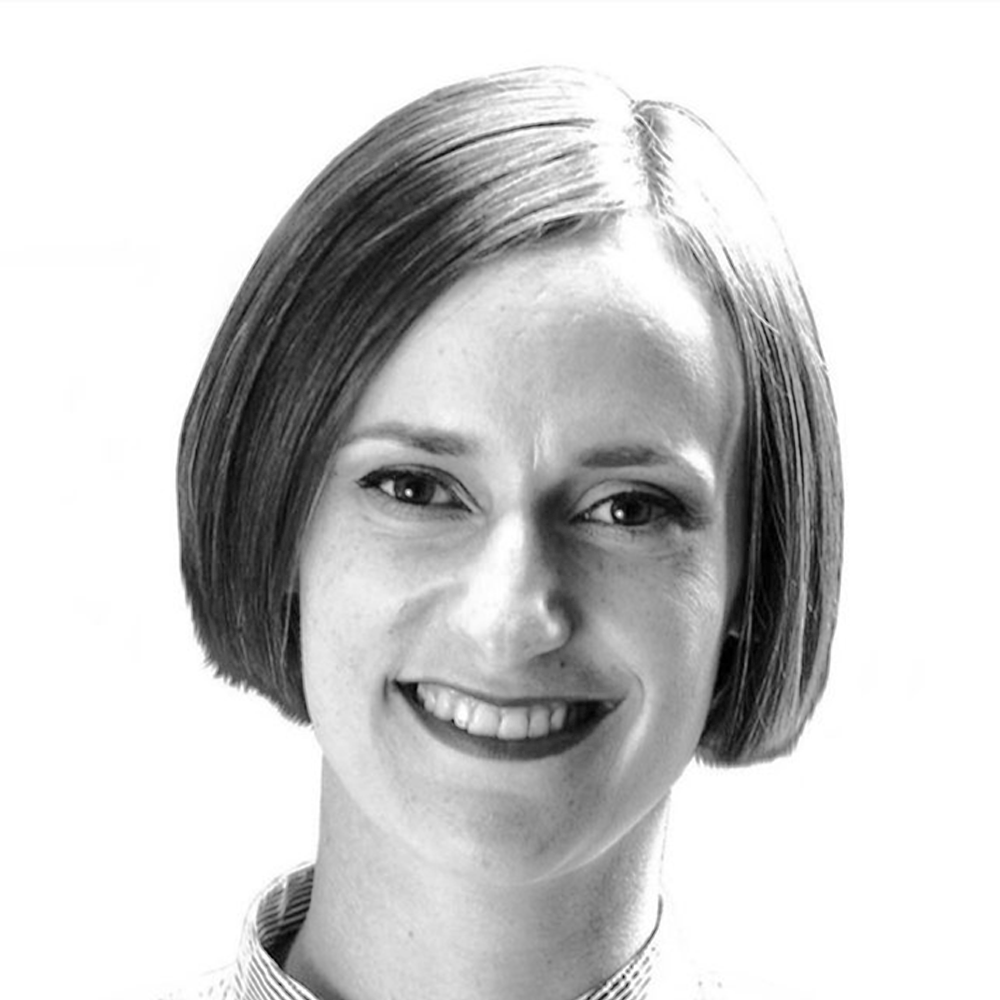
With her background in architecture and focus on interdisciplinary design, Alyssa Haas develops computational solutions that enhance practitioner design processes across Stantec. A key component of her role is to research and prototype workflows that make use of emerging technologies in the architecture and engineering spaces.
089 – Capturing and Evaluating Parametric Design Exploration in a Collaborative Environment: A Study Case of Versioning for Parametric Design
Thursday 1 April, 11:45, Session 9B
Verina Cristie, Singapore University of Technology and Design
Nazim Ibrahim, Singapore University of Technology and Design
Sam Conrad Joyce, Singapore University of Technology and Design
Although parametric modelling and digital design tools have become ubiquitous in digital design, there is a limited understanding of how designers apply them in their design processes (Yu et al., 2014). This paper looks at the use of GHShot versioning tool developed by the authors (Cristie & Joyce, 2018; 2019) used to capture and track changes and progression of parametric models to understand early-stage design exploration and collaboration empirically. We introduce both development history graph-based metrics (macro-process) and parametric model and geometry change metric (micro-process) as frameworks to explore and understand the captured progression data. These metrics, applied to data collected from three cohorts of classroom collaborative design exercises, exhibited students‘ distinct modification patterns such as major and complex creation processes or minor parameter explorations. Finally, with the metrics’ applicability as an objective language to describe the (collaborative) design process, we recommend using versioning for more data-driven insight into parametric design exploration processes.
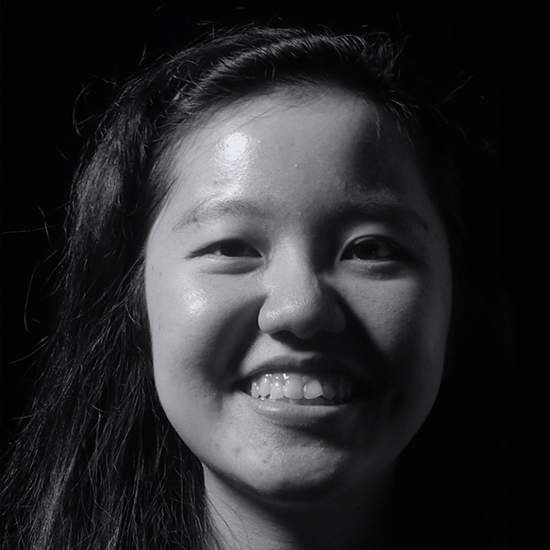
Coming from Computer Graphics background, Verina is always excited to use code to make 2D/3D visuals. While her previous work in SEC’s Future Cities Laboratory is about visualising wind in a game-like urban environment, her current work is about making ‘Github’, or cloud versioning system for Grasshopper users (checkout ‘GHShot’). Oh, occasionally she fiddles with things like Twitter Geospatial analysis, NLP, GAN, and Clustering too. Being a PhD candidate in Architecture and Sustainable Design pillar at the SUTD, she hopes she can graduate soon to embark on many more exciting projects involving data, visuals, and possibly AI (?) in future.
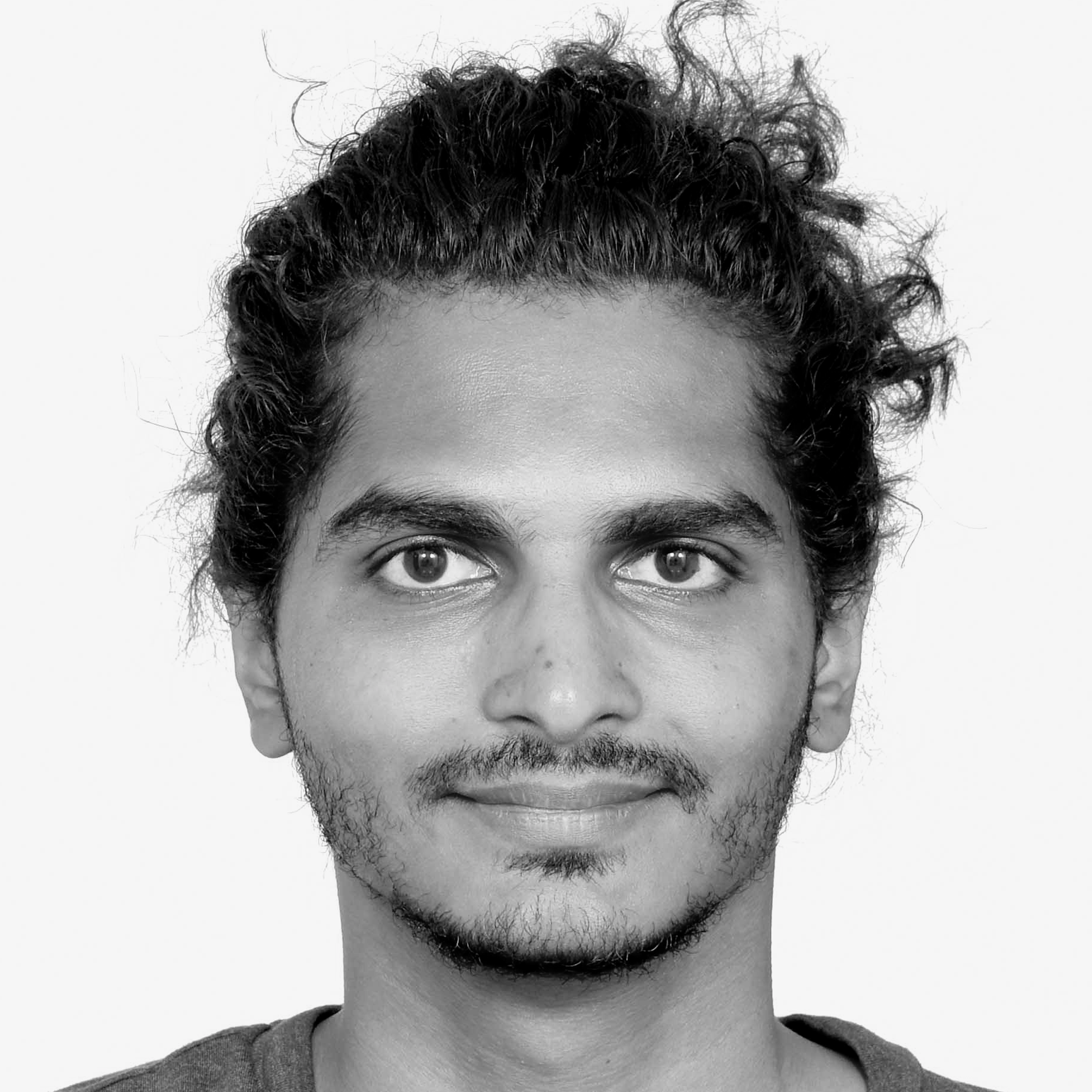
Nazim Ibrahim is a Senior Researcher at the Meta Design Lab, SUTD. He holds a Masters in Architecture from the National University of Singapore (NUS) where he explored the use of computational tools and digital fabrication technologies at various stages of design. He is currently exploring web frameworks in creating generative and parametric design environments as well as data visualisation for design decision making.
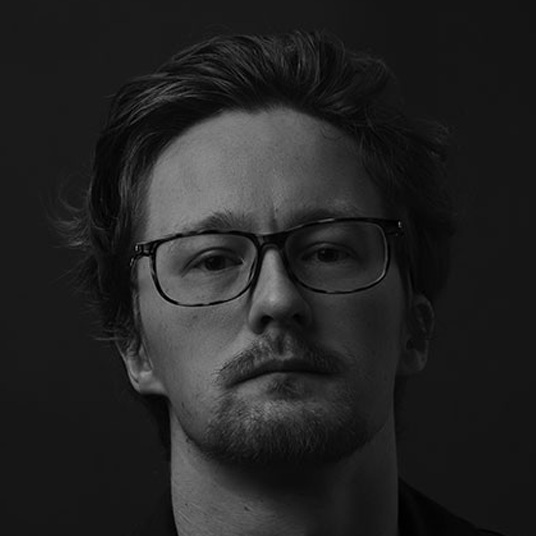
Sam Conrad Joyce is assistant professor and director of the Masters of Architecture course at the Singapore University of Technology and Design, in the Architecture and Sustainable Design pillar. Sam heads The Meta Design Lab, an interdisciplinary research group comprising of architects, structural engineers, cognitive-scientists, UX experts, and programmers. It seeks out conceiving, developing, and testing new interfaces to design processes; specifically how A.I. and Big Data can help find novel design solutions, with that goal that humans and computers should be collaborative co-creators.
147 – Capturing Interpretation Sources in Architectural Design by Observing Sequences of Design Acts
Thursday 1 April, 12:00, Session 9B
YU CAO, Tokyo Institute of Technology, School of Environment and Society
YUVAL KAHLON, Tokyo Institute of Technology, School of Environment and Society
HARUYUKI FUJII, Tokyo Institute of Technology, School of Environment and Society
Prototyping is important for design exploration. While various computer-aided conceptual design systems (CACD) aim to support this practice, they are somewhat limited in their ability to suggest interpretations in-context. To improve these systems, we need a better understanding of how designers interpret things when designing, and what factors influence this activity. We observe architectural designers’ design process, and conducted a deep analysis of the activity at several levels, to capture interpretative events. The analysis of these reveals interesting patterns of design interpretation, which may be used to enhance future CACD systems.
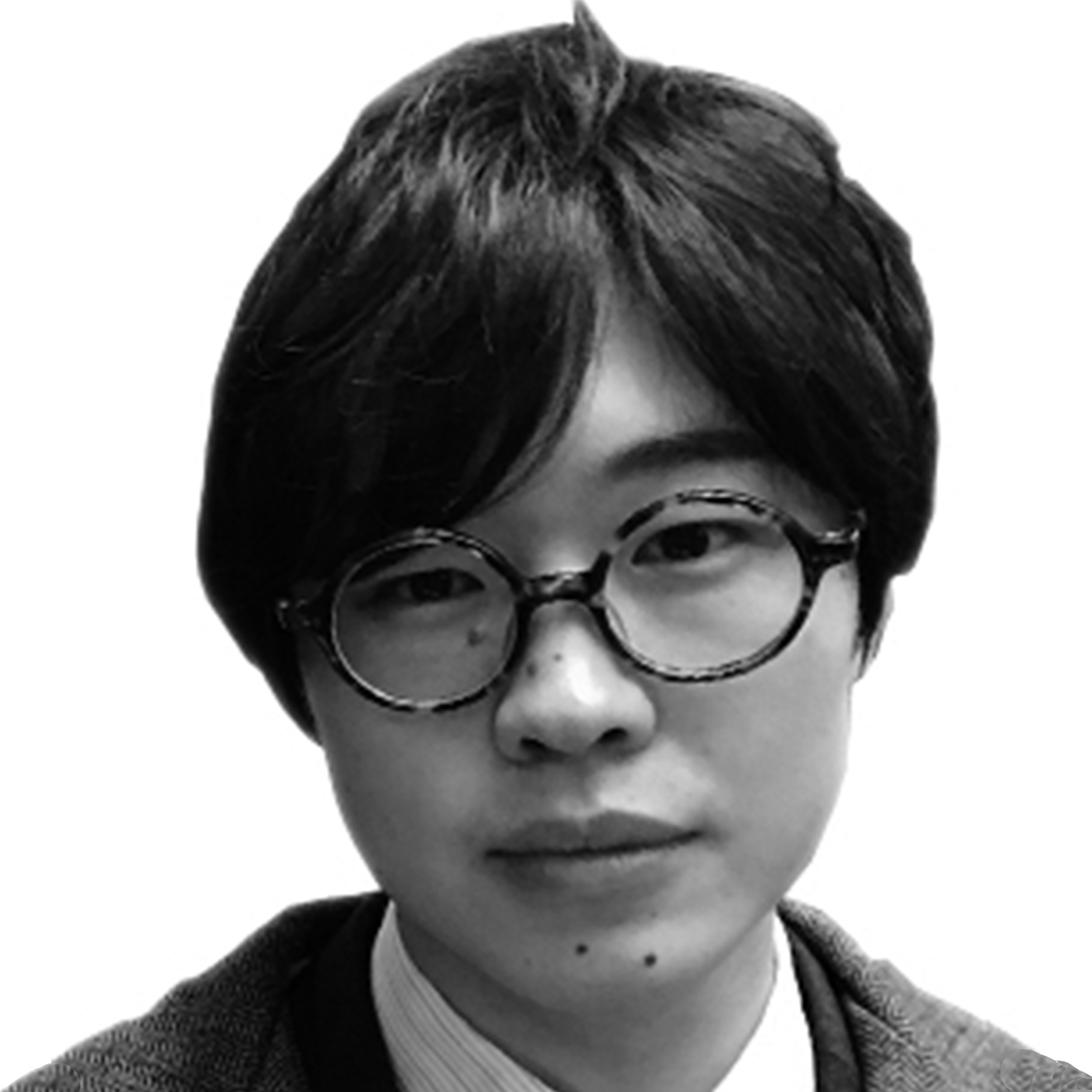
Yu Cao is currently a master student in Engineering Sciences and Design at the Tokyo Institute of Technology, Japan. He was born in Hangzhou, China. He became interested in parametric design during his undergraduate studies and designed a Mars base using the structure of origami. Then during his master’s degree he started to study design cognition and design computing, especially relating design representation and meaning to observe the interpretation process in design and trying to apply the insights in computer-aided design systems.

Yuval Kahlon is currently a doctoral candidate at the Tokyo Institute of Technology, Japan. He was born in Kfar-Saba, Israel. He studied for a Bachelor’s degree in Building and Environment Design at the Shenkar College of Engineering and Design, Israel and a Master’s degree in Engineering Sciences and Design at the Tokyo Institute of Technology, Japan. He was awarded both by Shenkar College of Engineering Design and Tokyo Institute of Technology for Excellence. He conducts research for integrating insights from linguistics, cognition, and visual perception for developing intelligent computational design systems.
Haruyuki Fujii Professor of Architecture, Engineering Sciences and Design, at Tokyo Institute of Technology. Engaged in Design Computing and Cognition Research. Interested in Inter-media Art where the structure of spatial experience and that of musical experience are associated with each other through computation.
376 – Topology Generated Non-Fungible Tokens: Blockchain as Infrastructure for a Circular Economy in Architectural Design
Thursday 1 April, 12:15, Session 9B
Theodoros Dounas, Robert Gordon University
Wassim Jabi, Cardiff University
Davide Lombardi, Xian Jiaotong-Liverpool Liverpool University
The paper presents a new digital infrastructure layer for buildings and architectural assets.. The infrastructure layer consists of a combination of topology graphs secured on a decentralised ledger. The topology graphs organise non-fungible digital tokens which each represent and correspond to building components, and in the root of the graph to the building itself.The paper presents background research in the relationship of building representation in the form of graphs with topology, of both manifold and non manifold nature. In parallel we present and analyse the relationship between digital representation and physical manifestation of a building, and back again. Within the digital representations the paper analyses the securing and saving of information on decentralised ledger technologies (such as blockchain). We then present a simple sample of generating and registering a non-manifold topology graph on the Ethereum blockchain as an EC721 token, i.e. a digital object that is unique, all through the use of dynamo and python scripting connected with a smart contract on the Ethereum blockchain. Ownership of this token can then be transferred on the blockchain smart contracts. The paper concludes with a discussion of the possibilities that this integration brings in terms of material passports and a circular economy and smart contracts as an infrastructure for whole-lifecycle BIM and digitally encapsulates of value in architectural designPlease write your abstract here by clicking this paragraph.
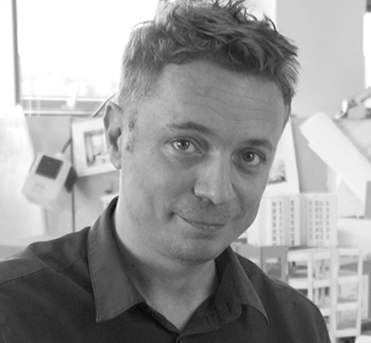
Dr Theo Dounas is a chartered architect and a senior lecturer at the Scott Sutherland School at Robert Gordon University where he directs the MSc in Advanced Architectural Design and orchestrates the school’s efforts in digitization. His research encompasses blockchain, generative and parametric systems with a tight orchestration between design and fabrication. He is directing www.archchain.cc, a project that seeks to establish a decentralised Building Information Modelling toolset and mechanisms for the AEC industry. Additionally he conducts research in design for fabrication and assembly, through a series of projects in robotic fabrication of timber components for buildings.

Dr. Wassim Jabi’s research interests are at the intersection of parametric design, the representation of space, building performance simulation, and robotic fabrication in architecture. Dr. Jabi has published widely on topics ranging from parametric and generative design to the role of light in architecture and building performance simulation. In 2013, Dr. Jabi wrote and published a book titled “Parametric Design for Architecture”. His work has received numerous Grants for the Leverhulme Trust, the UKRI and the US NSF. He currently directs the research project “Topologic” funded by the Leverhulme Trust.
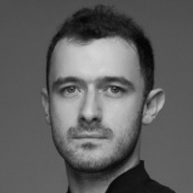
Dr Davide Lombardi (1985) architect, he holds a degree in Architecture with honour (BA+MA, Università degli Studi Gabriele d’Annunzio, 2011) and a Ph.D. degree in Architecture (School of Advanced Studies Gabriele d’Annunzio, 2015). His interest in computational strategies and structural design led him to start a research within the field of parametric structural engineering and optimization. His research has been published in books and proceedings as well as disseminated in international conferences. Currently he is Associate Professor and Deputy Head of Department at the Xi’an Jiaotong – Liverpool University (Suzhou, China)